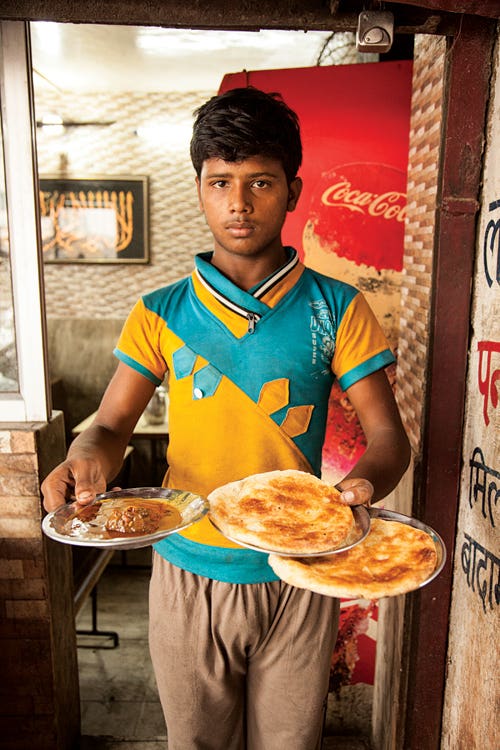
North: Lucknow (Street/Food Scenes)
Lucknow's vibrant food scene includes the rich beef stew nihari at Rahim's Hotel, Prakash's kulfi, and Sharma's morning cream buns and chai. See our Lucknow travel guide for ideas on what to do and where to eat when you're there.











Keep Reading
Continue to Next Story










